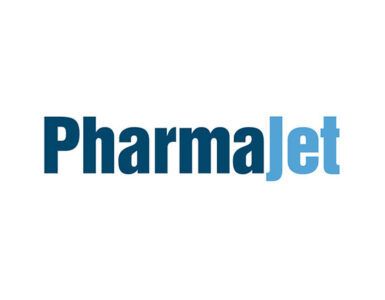
The Russian Patent Office issued a notice of acceptance for Theralase Technologies’ (TSXV:TLT) (OTCQB:TLTFF) Multiwavelength photodynamic therapy (PDT) patent application.
The patent application will issue into a patent later this year and provides additional international patent protection for the company in the application of its PDT technology for cancer.
Russia represents a major market opportunity for the company as the country relies heavily on imported medical devices and is one of the largest markets for medical devices. Russia’s anticipated total healthcare investments in 2024 will be approximately $160-billion, opening up new international opportunities for Theralase and its expanding platform of medical laser and oncology-related technologies.
Theralase has demonstrated PDT to be safe and effective in a Phase 1b clinical study for non-muscle invasive bladder cancer (NMIBC) by destroying cancer through the generation of cytotoxic singlet oxygen.
In the Multiwavelength PDT patent application, Theralase is optimizing the destruction of cancer cells by increasing the killing zone in tissue beyond the limitation of visible light. This is best accomplished by increasing the number of laser light sources that are used to activate photodynamic compounds (PDCs).
In a statement, Kipton Lade, CEO – Device Division, said the multiwavelength laser system allows the activation of PDCs at various tissue depths simultaneously or sequentially effectively destroying cancerous cells throughout bulky tumours, providing enhanced safety and efficacy profiles, compared with single-wavelength systems.
“Our long-term strategy is to commercialize the ACT technology, commencing with NMIBC and then expanding intoglioblastoma multiforme, a deadly form of brain cancer, non-small cell lung cancer, esophageal cancer, and other various cancer indications to provide a safe and effective alternative treatment option for patients inflicted with this deadly disease.”





